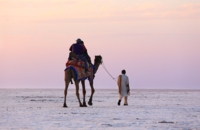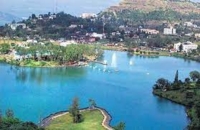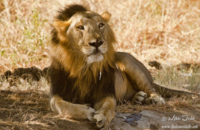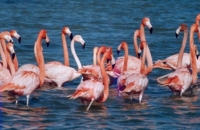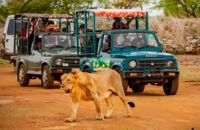- There are only several hundred Asiatic lions in the wild, and they only live in the Gir Forest, India.
- A lion’s heels do not touch the ground when they walk.
- A good gauge of a male lion's age is the darkness of his mane. The darker the mane, the older the lion...
- A lion's Roar can be heard from as far as 5 miles away.
- A lion may sleep up to 20 hours a day.
- Lions are the most social of all big cats and live together in groups. A group consists of about 15 lions.
- Male lion defend the group's territory while females do most of the hunting. Despite this, the males eat first.
- Asian lions are slightly smaller than African lions. Unlike African lions, the males do not tend to live with the females of their pride unless they’re mating or have a large kill.
- Asian lions used to range from Turkey, across Asia, to eastern India, but the rise of firearms across the world meant that they were hunted to near-extinction for sport.
- The male Asiatic lion has a relatively short, sparse and darker mane compared to the fuller mane of the African lion. As a result, the male Asiatic lion's ears tend to remain visible at all times.
- The most distinguishing characteristic of the Asiatic lion is the longitudinal fold of skin that runs along its belly. This is absent in African lions.
- Today, the remaining wild lions are vulnerable to disease, disaster and potential poaching, and have to live alongside a growing human population that also needs the land for cattle and crops.
- +91-7600266302
- Monday to Saturday - 10 am to 7 pm







